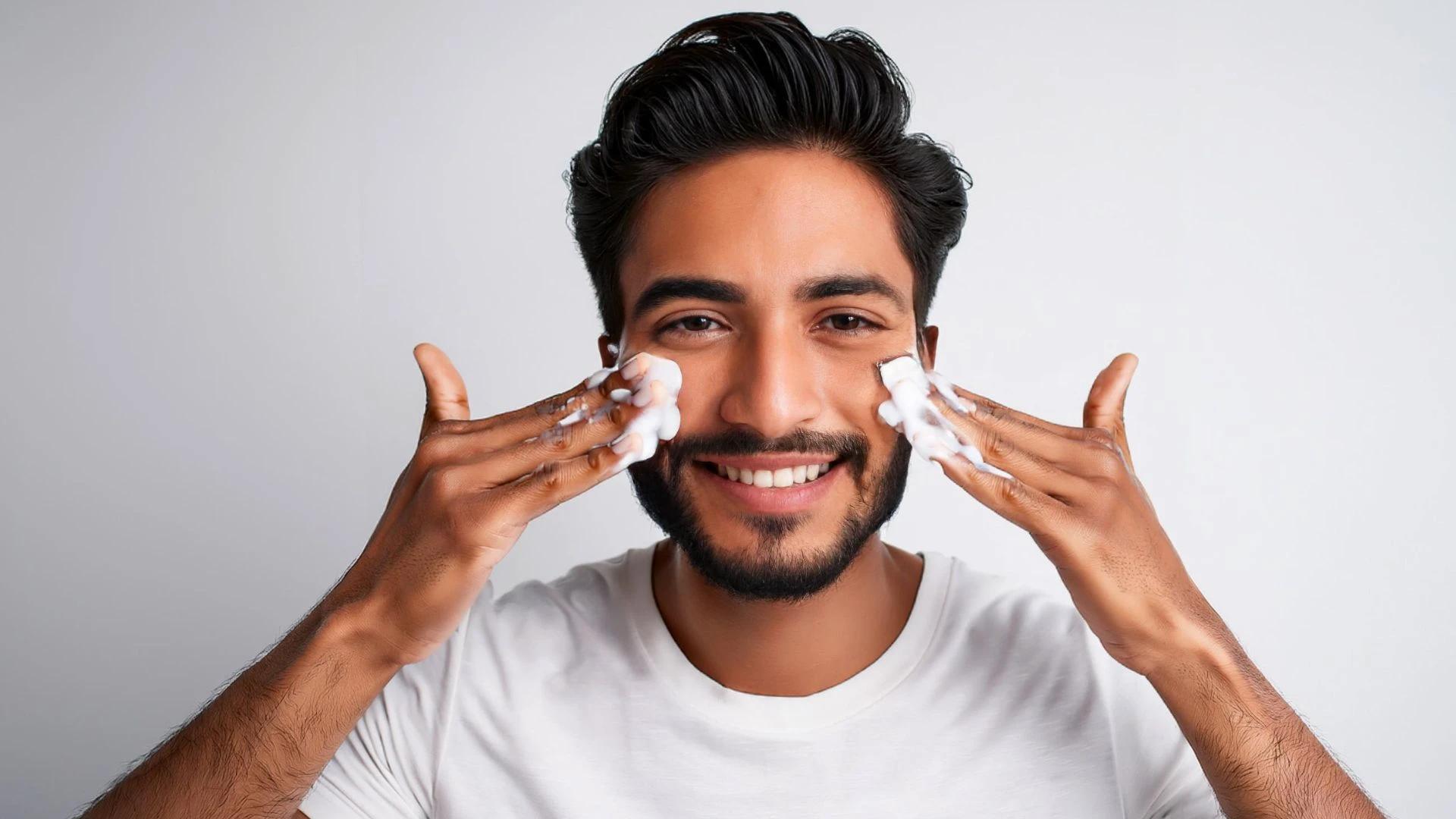Maximising Your Skincare Set Effectiveness
Getting the most from your skincare set isn't just about buying the right products—it's about using them properly. Small changes in technique and storage can make a big difference in how well your products work.
Proper Product Application Techniques
Gentle patting motions work better than rubbing for most products. Clean hands are essential, and taking your time with each step allows products to absorb properly before layering the next one.
Storage and Shelf Life
Most skincare products are happiest in cool, dry places away from direct sunlight. Check expiry dates regularly, and don't hold onto opened products for years—they lose effectiveness over time.
Combining Products for Better Results
Some ingredients work beautifully together, while others can cause irritation. Understanding basic ingredient interactions helps you create a routine that's greater than the sum of its parts.
Troubleshooting Common Skincare Issues
Even with the best intentions, sometimes skincare routines don't go as planned. Knowing how to troubleshoot common issues means you can adjust your approach without giving up entirely.
Skin Purging vs. Breakouts
When you start using active ingredients, your skin might get worse before it gets better—this is purging. It's different from a reaction to a product, and understanding the difference helps you decide whether to persist or stop.
Dealing with Product Reactions
If a product causes irritation, stop using it immediately. Gentle cleansing and basic moisturising can help calm reactive skin. Always patch test new products before using them on your entire face.
Adjusting Your Routine for Seasonal Changes
Your skin's needs change with the weather. You might need richer products in winter and lighter ones in summer. Pay attention to how your skin feels and adjust accordingly.
Frequently Asked Questions
How long does it take to see results from a new skincare set?
Most people start noticing changes in their skin within 4-6 weeks of consistent use. Some improvements, like better hydration, might be visible sooner, while others, like fine line reduction, can take 2-3 months. Patience is key—your skin needs time to adjust and renew itself.
Can I use products from different brands in my skincare routine?
Absolutely! You don't need to stick to one brand for your entire routine. What matters is finding products that work well for your skin and complement each other. Focus on ingredients and formulations rather than brand loyalty.
How often should I change my skincare products?
If your products are working well for you, there's no need to change them constantly. However, your skin's needs might change due to age, hormones, or environment. Pay attention to how your skin feels and adjust when necessary, rather than changing products just for the sake of it.
Is it necessary to use every product in a skincare set daily?
Not necessarily. Some products, like exfoliating treatments or masks, are meant to be used less frequently. Start with the basics—cleanser, moisturiser, and SPF—then gradually add other products as your skin adjusts. Listen to your skin and adjust frequency as needed.
Final Thoughts
Mastering your skincare set is really about understanding what works for your unique skin and sticking with it consistently. There's no one-size-fits-all approach, and what works for your friend might not work for you—and that's completely fine. The key is starting with the basics, being patient with the process, and adjusting as you learn what your skin loves. Remember, good skin is a journey, not a destination, so be kind to yourself along the way. Your future self will definitely thank you for the effort you put in today.

 COMBO
COMBO Kit
Kit